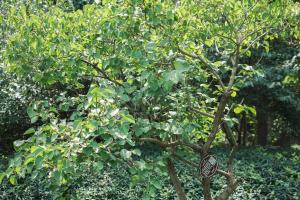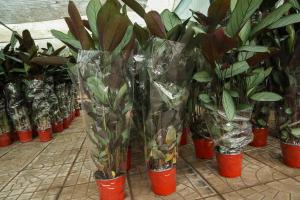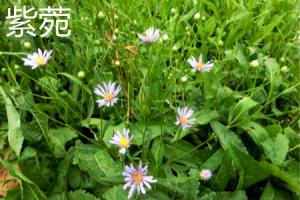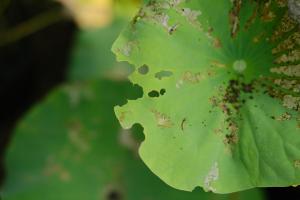How Far Apart to Plant Teak Trees
Teak is a high-value tropical hardwood that is widely used for furniture, flooring, and boatbuilding. It is also a fast-growing tree that can be an excellent choice for reforestation and carbon sequestration purposes. However, to get the best results from teak plantations, it is important to know how far apart to plant teak trees.
The Optimal Spacing for Teak Plantations
The optimal spacing for teak plantations depends on several factors, including the site conditions, the tree genetics, and the management objectives. Generally, teak trees should be spaced in a way that maximizes their growth and yield potential while minimizing the competition for resources and the risk of pests and diseases.
According to some experts, the recommended spacing for teak plantations is between 3 meters and 4 meters for a commercial plantation, and 5 meters to 10 meters for timber production. This distance will allow the teak trees to grow tall and straight, with minimal branching, and produce high-quality wood.
However, the optimal spacing may vary depending on the soil type, rainfall, temperature, and other environmental factors. In general, teak trees should be planted in well-drained soils that are rich in organic matter and have a pH between 6.0 and 7.5. The planting should be done during the rainy season, and the trees should be watered and fertilized regularly until they establish.
The Benefits of Proper Teak Tree Spacing
Proper teak tree spacing can provide many benefits for both the environment and the economy. By planting teak trees at the optimal distance, it is possible to:
Maximize the carbon sequestration potential of the plantation
Reduce the risk of soil erosion and nutrient depletion
Facilitate the management operations such as pruning, thinning, and harvesting
Improve the quality and quantity of the teak wood produced
Increase the economic return from the plantation
Moreover, teak plantations can provide many ecosystem services, such as biodiversity conservation, water regulation, and soil improvement. Teak trees are known for their adaptability to different ecological settings, and they can be grown in agroforestry systems, mixed plantations, or as monoculture plantations.
The Challenges of Teak Plantation Management
Despite the many benefits of teak plantations, their management can pose several challenges, especially in the tropics. Some of the challenges include:
The risk of pests and diseases, such as teak defoliator, shoot borer, and stem canker
The competition for resources with other vegetation, such as weeds and grasses
The limited access to markets and processing facilities
The vulnerability to climate change and extreme weather events
The need for proper silvicultural practices, such as pruning, thinning, and fertilization
To overcome these challenges, teak plantation managers need to adopt a comprehensive and adaptive management approach that balances the ecological, social, and economic aspects of the plantation. This approach should involve the integration of best management practices, stakeholder engagement, and continuous monitoring and evaluation.
The Future of Teak Plantations
The future of teak plantations looks promising, as the demand for high-quality wood products and carbon sequestration services is increasing globally. Teak trees have many advantages over other plantation species, such as their fast growth, high productivity, and superior wood quality. Moreover, teak plantations can contribute to sustainable development goals, such as poverty reduction, rural development, and biodiversity conservation.
However, the future of teak plantations also depends on how well they are managed and regulated. The sustainable development of teak plantations requires the collaboration of all stakeholders, including government agencies, private sector, local communities, and civil society organizations. By working together, it is possible to create a profitable and sustainable teak plantation industry that benefits both the environment and the economy.

 how many times do yo...
how many times do yo... how many planted tre...
how many planted tre... how many pine trees ...
how many pine trees ... how many pecan trees...
how many pecan trees... how many plants comp...
how many plants comp... how many plants can ...
how many plants can ... how many plants and ...
how many plants and ... how many pepper plan...
how many pepper plan...
































